YouTube Versus Twitch – What’s better?
Contents
Are you caught up in the YouTube versus Twitch dilemma and want to learn which platform would be better for you? Do you want to know which platform is better for streaming or pays more to its content creators? If so, we’re here to help you make the best decision for your content.
This article compares the primary features of YouTube versus Twitch to help you decide what platform to use for your content. If you want to know which platform pays more to its content creators, all you need to do is read this article. We start by covering the monetization opportunities for both platforms.
Followed by this, the article compares both platforms in terms of user interface and ease of use, stream quality, discoverability, audience interactivity, and analyzing engagement metrics. Furthermore, if you’re a beginner and want to learn where you could stream better, this article then compares broadcasting with video-on-demand content in terms of both platforms. Finally, the article concludes with a note on which platform would be more suited to your needs and why.

The monetization opportunities for YouTube versus Twitch differ significantly in terms of the number of ways you can monetize either channel.
Monetization Opportunities
In the YouTube versus Twitch binary, monetization opportunities are a primary factor to be considered and thoroughly analyzed. Building an audience and channel credibility is unequivocally challenging on both YouTube and Twitch. This implies the monetization eligibility criteria for both platforms, which are nevertheless slow. However, various monetization opportunities exist for both platforms once you cross the respective eligibility thresholds.
Monetization Eligibility Criteria
The monetization eligibility criteria of YouTube versus Twitch are very different. Additionally, they are dependent on the monetization methods on both platforms. Therefore, we shall cover them one by one in this section.
#Twitch
On Twitch, you can earn money even if you are not a Partner or an Affiliate. You can make money through donations, brand sponsorships, and the selling of merchandise.
Donations do not even require a large audience. However, brand sponsorships and selling merchandise still solicit a big regular audience.
Twitch Affiliate Program
What gets your monetization started on Twitch, however, is becoming a Twitch Affiliate. What Are Twitch Analytics? outlines the monetization eligibility criteria for becoming a Twitch Affiliate in detail. However, we also provide a summary of monetization eligibility criteria for Twitch Affiliates here for your convenience. For the Twitch Affiliate program, you require at least 50 followers and an average of 3 or more concurrent viewers (including hosts and stream raids) over the past 30 days. Additionally, you also require at least 500 minutes of broadcasting in the last 30 days and at least seven unique broadcasting days in the previous 30 days.
Moreover, the Twitch Affiliate program opens up three more avenues of monetization on Twitch: earning money through channel subscriptions, Twitch bits, and game sales. Additionally, your subscribers start earning Channel Points as soon as you become an affiliate! Also, Twitch Affiliates can be from anywhere in the world because this feature is available globally.
Twitch Partner Program
However, the Twitch Partner program is an even superior program that allows you to make the most money. This is because becoming a Twitch Partner will enable you to use pre-roll and mid-roll ads in your stream videos. However, the monetization eligibility standards for the Twitch Partner program are not so easy to meet.
To monetize your Twitch channel by becoming a Partner, you must stream for at least 25 hours on at least 12 different days with an average of 75 concurrent viewers (excluding hosts, raids, and embeds), all over 30 days. Nevertheless, the Twitch Partner program is an asset to consider in the YouTube versus Twitch dilemma because it makes monetization easier on Twitch. Becoming a Twitch Partner not only opens up ads for you but also unlocks Twitch Prime, more bits, and around 50 channel emotes!
Additionally, it also provides you with some exciting customization options and tools. You can find additional details on the Twitch Partner program here. Furthermore, the Twitch Partnership program is also available globally!
#YouTube
In the YouTube versus Twitch race, YouTube is akin to Twitch in that there are methods to monetize and make money on both platforms, even if you are not eligible for monetization per se. For example, on YouTube, you can monetize your channel by including sponsored content in your videos.
However, to monetize your channel through ads, you need to be eligible for monetization on Google AdSense. Summing it up, you must be over 18 years of age and have optimized unique and exciting content. Moreover, you also need to comply with the Google AdSense program policies and Terms and Conditions to create an account. Google AdSense opens up YouTube channels to in-stream ads. However, in addition to meeting the Google AdSense eligibility criteria, you must also meet the monetization eligibility criteria for YouTube. This entails having at least 4000 watch hours and 1000 subscribers in 12 months.
Furthermore, you must also qualify for the YouTube Partner Program to monetize your YouTube channel through YouTube Premium, Super Chat, channel memberships, and merchandise. The minimum eligibility requirements for the YouTube Partner Program entail, in addition to the conditions mentioned above, being in a country where the program is available. Therefore, in the YouTube versus Twitch binary, Twitch unequivocally emerges as the winner, at least in terms of monetization eligibility.
Monetization Methods
Furthermore, it is also imperative to elucidate the YouTube versus Twitch debate regarding monetization methods on both platforms.
#Twitch
There are a series of monetization methods on Twitch, outlined as follows:
- Donations
- Brand sponsorships
- Merchandise
- Subscriptions
- Twitch Bits
- Game sales
- Ad revenue
- Twitch Prime
- Affiliate marketing
- conduct physical events
- paid membership programs
- Patreon
#YouTube
Alternatively, you can monetize your YouTube channel through the following methods:
- Ads
- Sponsors
- Merchandise (Merch Shelf)
- Crowdfunding
- Affiliate marketing (giving product reviews)
- video editing
- Fan funding
- Channel memberships
- Super chat and super stickers
- YouTube Premium
- licensing content to media
- selling informational products or courses
- conduct physical events
- consulting, coaching, or speaking
- paid membership programs – e.g., Amazon Influencer program
- market consultancy
Who pays more per view?
Now, you’re probably wondering which platform pays content creators more per view in the YouTube versus Twitch debate. Based solely on the monetization eligibility, you can gauge that it is much easier to monetize on Twitch. Additionally, there also exist a series of in-built monetization methods on Twitch, such as Twitch bits and game sales. Such features are not available on YouTube. Finally, Twitch tends to pay streamers for small purchases by viewers such as bits and merchandise. However, on YouTube, making money takes a long while. Most streamers can make a little bit of cash on Twitch here and there. However, it is the complete opposite on YouTube, where it takes a long while before content creators start getting paid.
User Interface and ease of use
The user interface is another point where the YouTube versus Twitch debate shares a similarity. Both YouTube and Twitch were created with ease of use in mind.
On Twitch, the user interface is easy to understand. You can easily find recommendations on the front page. Furthermore, you can access subscribed channels on the right. Moreover, on Twitch, you can find the main controls at the bottom of the screen, with a chatbox on the right when you stream. Also, you can find most Twitch settings for streaming, running ads, linking streaming software, and setting quality controls on the Creator Dashboard.
However, the YouTube interface is even easier to navigate than the Twitch user interface. The controls are very familiar and more straightforward to use on YouTube. Moreover, you can find all sorts of channels, trendy videos, new streams, and much more on the YouTube main page.
Stream quality
Moreover, the YouTube versus Twitch debate emerges with YouTube as the winner regarding streaming quality. This is because you can only stream videos at a maximum of 1080p HD at 60 frames per second on Twitch. Whereas on YouTube, you can stream videos up to 4K 2160p at 60 frames per second! This gives YouTube a relative advantage over Twitch. Furthermore, you can choose an excellent bitrate to maximize streaming quality on YouTube. Therefore, YouTube is better than Twitch in terms of streaming due to the maximum streaming quality available on YouTube.
Discoverability
Discoverability is another metric where YouTube versus Twitch both fall into a similar category. But, again, this is because of the way audiences form on both platforms.
On Twitch, viewers find streamers based on the streaming category or game they’re playing. Moreover, the Twitch algorithm also recommends new viewers to your channel based on the previous streams they’ve viewed. These could be very similar to your streams or belong to the same streaming category.
While YouTube might recommend your streams to users, it is more likely that streamers with more subscribers will outshine you. Moreover, YouTube gaming streams primarily focus on popular names or prominent YouTube personalities. Therefore, Twitch is the ideal platform for small streamers.
Audience Interactivity
Moreover, audience interactivity also forms a crucial part of the YouTube versus Twitch dynamic. Are there more opportunities to interact with audiences on your YouTube channel or Twitch channel?
On Twitch, you can interact with audiences through chat boxes during streams. Additionally, after becoming a Twitch Affiliate or Partner, you can also exchange Twitch bits with your viewers. Moreover, the Twitch Affiliate program also gives you access to game sales and channel subscriptions. Channel subscriptions are perhaps the best way to interact with your audience as they’re convinced to buy subscribership for your channel.
#Channel Points
Furthermore, Channel Points are a perfect mechanism for engaging with audiences. They keep your viewers alert and engaged with your streams as they try to earn Channel Points for rewards or tips. In addition, you can unlock Twitch Prime when you become a Twitch Partner. This is an ideal opportunity to get your audiences to buy a prime subscription, become golden community members, and stay engaged with your channel.
#Small Streamers
Moreover, an added advantage of interactivity on Twitch is that if you’re a small streamer, you don’t necessarily need to have a large number of subscribers and viewers to interact with your audiences. Small communities are the ideal place to effectively engage with other streamers and audiences, build long-lasting partnerships with other streamers, and create a loyal fanbase for your Twitch channel. In addition, you can also add thumbnails to your streams to make them look more appealing on the Twitch main page. This feature is unavailable on YouTube.
Alternatively, there are also various ways to interact with your audiences on YouTube. If you’re a regular YouTuber, you can interact with your audiences through comments on your videos or streams. However, you must qualify for the YouTube Partner Program if you want to access channel memberships for your audiences, Super Chat options, and YouTube Prime.
#Channel Memberships
Channel memberships are an ideal opportunity to interact with your subscribers. YouTube Prime is especially advantageous for forming loyal and long-lasting audience-streamer relationships. Moreover, qualifying for the YouTube Partner Program allows you to access the merch shelf on YouTube and sell your brand of products and services to your subscribers.
#Twitch > YouTube
However, suppose we integrate the YouTube versus Twitch dilemma into this discussion of audience interactivity. In that case, you can gauge that there are far more ways to interact with your subscribers on Twitch than on YouTube:
- You can sell merchandise on Twitch without qualifying for either the Twitch Affiliate program or the Twitch Partner program. In addition, you can interact with audiences through a series of exciting features on Twitch such as Channel Points, exchanging Twitch bits, donations, and channel subscriptions. Alternatively, you can access the Super Chat on YouTube only as a member of the YouTube Partner Program.
- There are no chatting opportunities on YouTube per se, and you can only reply to comments by people on your streams or videos.
- There are not many opportunities for compelling audience interactivity on YouTube unless you qualify for the YouTube Partner Program.
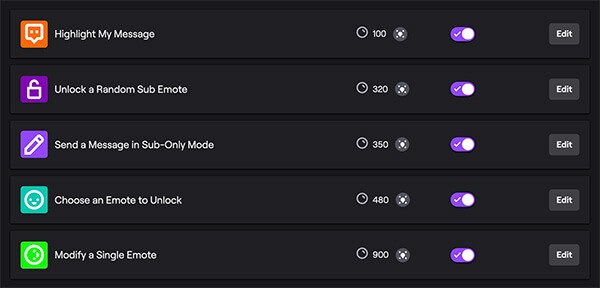
It is easier to interact with your audience through a plethora of methods such as Channel Points and Twitch bits, that are unavailable on YouTube.
Therefore, Twitch unequivocally wins this round of the YouTube versus Twitch battle! Especially if you’re a small streamer who wants to build a small, loyal and wholesome community of gamers and audiences, then Twitch is the ideal platform for you.
Broadcasting Versus Video-On-Demand Content
Moreover, another crucial factor to consider in the YouTube versus Twitch debate is the difference between broadcasting and video-on-demand content. You can choose either platform to build your channel based on what you prefer. If you like broadcasting, then we would recommend using Twitch. The Twitch user interface is built to accommodate live streams and broadcasts frequently and guide viewers to view broadcasts.
Alternatively, on YouTube, most content creators create video-on-demand content. This has created a weird trend whereby while Twitch is used mainly by streamers and broadcasters, YouTube is primarily used by content creators who make video-on-demand content. This also has a lot to do with how people use both platforms. Most individuals search for something on YouTube when they want to look for a specific niche, and video-on-demand content is the aptest option in this regard. Alternatively, Twitch users do not necessarily search for a particular video and view any stream with a relevant streaming category.
Moreover, Twitch users are not opposed to live streams because they form most streams on Twitch. Henceforth, we would recommend using Twitch if you prefer watching broadcasts as audience members or creating live streams as streamers. However, using YouTube is a good idea when you want to search for something specific because you can very easily find a whole library of video-on-demand content with just a click!
Which platform should I use?
In a nutshell, you’re probably wondering which platform would be more suitable for your use. If you’re a small streamer, then you should unequivocally consider using Twitch for your streams. However, YouTube is big money once you become eligible for the YouTube Partner Program.
Now the decision lies in your hands. Which features appeal to you more? Do you want to make more money or have better streaming quality? You must unequivocally consider all features mentioned above before making a decision.
In Conclusion
This article has outlined the YouTube versus Twitch debate and compared both platforms in terms of monetization opportunities, including monetization eligibility and monetization methods. Moreover, the article also compares both platforms in terms of user interface and ease of use, stream quality, discoverability, audience interactivity, and type of content, i.e., broadcasting versus video-on-demand content.
The monetization eligibility for Twitch is comparatively more straightforward to achieve than that for the YouTube Partner Program. Simultaneously, it is also easier to quickly start making some money off Twitch as a small streamer. This is not possible on YouTube, where you can start making money after a long time. In addition, YouTube has a more accessible user interface than Twitch, which is significantly easier to navigate for non-gamers. Moreover, YouTube also has higher maximum stream quality for videos.
Furthermore, while it is challenging to be discovered fast on YouTube as a small streamer, audiences can find it relatively quickly and form small communities with loyal fan followings on Twitch. Twitch also triumphs over YouTube regarding audience interactivity because there are far more ways to engage with audiences on Twitch than on YouTube. Finally, while users prefer Twitch for broadcasting and streaming, YouTube works better for video-on-demand content.
p.s.
Additionally, if you may have any questions on the YouTube versus Twitch dilemma, you can sign up for our services right away! Here at AudienceGain, we are committed to helping you decide which platform would be more suited to your needs, content niche, and type of videos.
How to make fake Instagram followers? An easy way to increase IG FL
How to make fake Instagram followers? Generating fake followers is a great way to boost your online presence. Users who do not follow your account...
How to grow Instagram followers organically? 8 Way to grow your ig followers
How to grow Instagram followers organically? Instagram has a highly sophisticated algorithm that decides what posts are shown to which users. This is an algorithm...
How do you get 10k followers on Instagram? Do I get 10000 IG FL?
How do you get 10k followers on Instagram? Hitting the 10,000 followers mark on Instagram is an exciting milestone. Not only will having 10k followers...
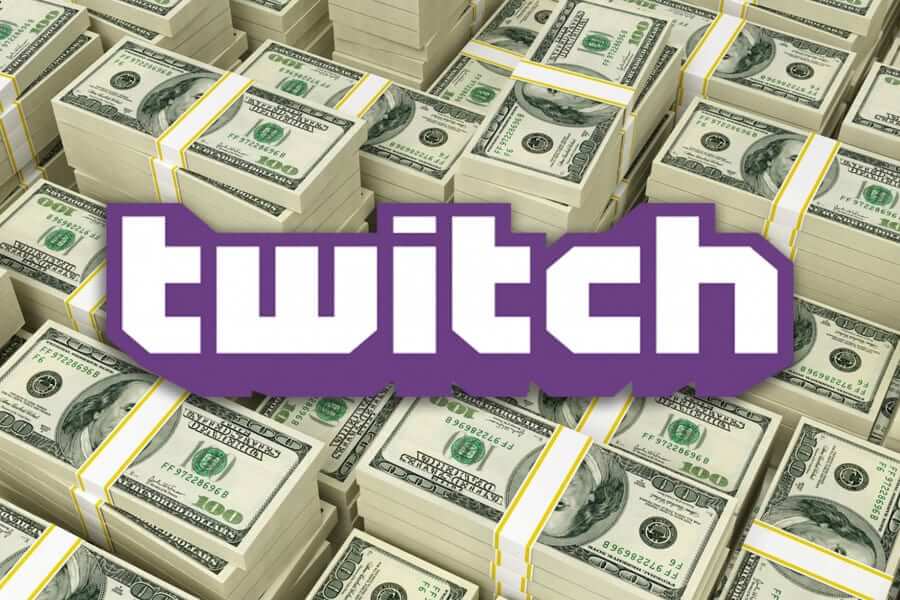
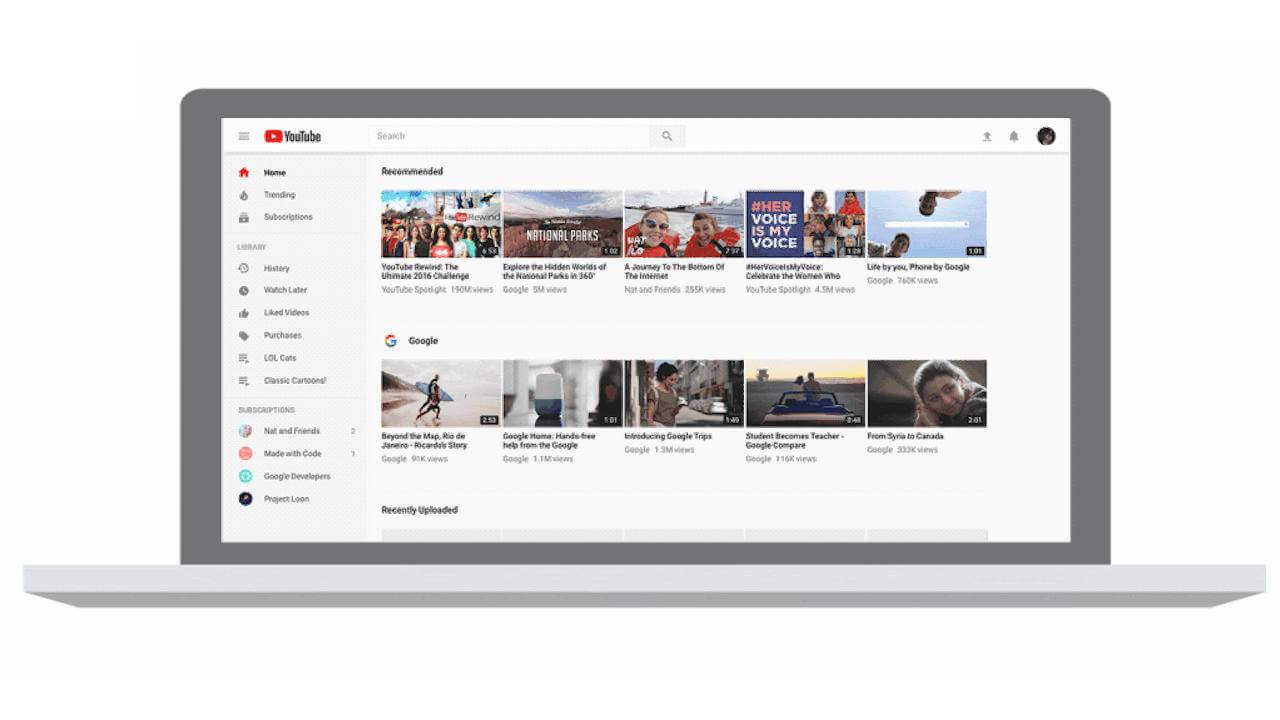
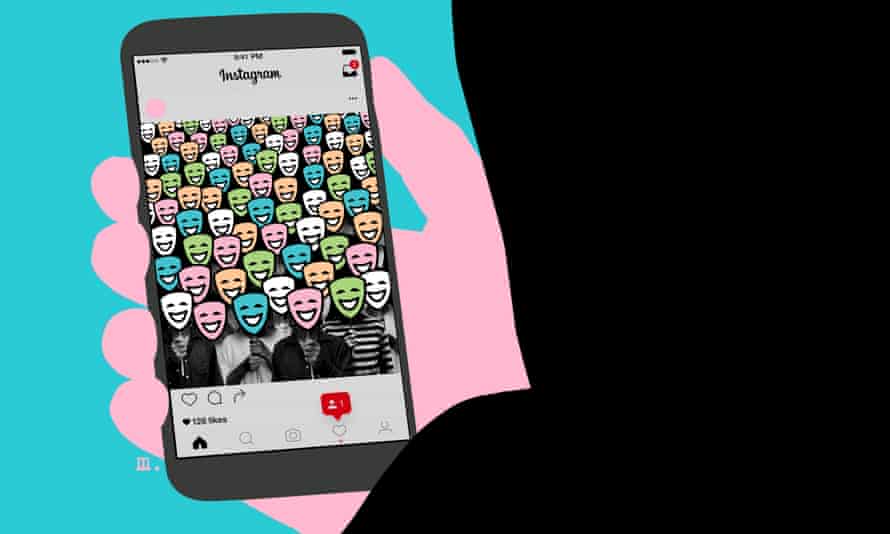
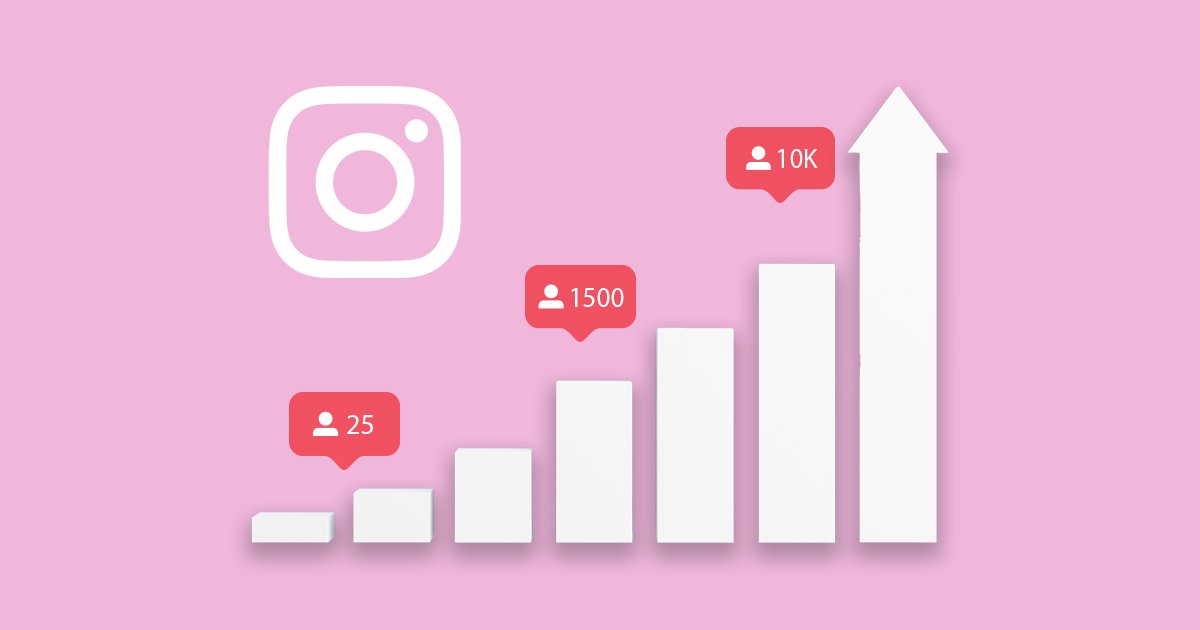

You must be logged in to post a comment Login